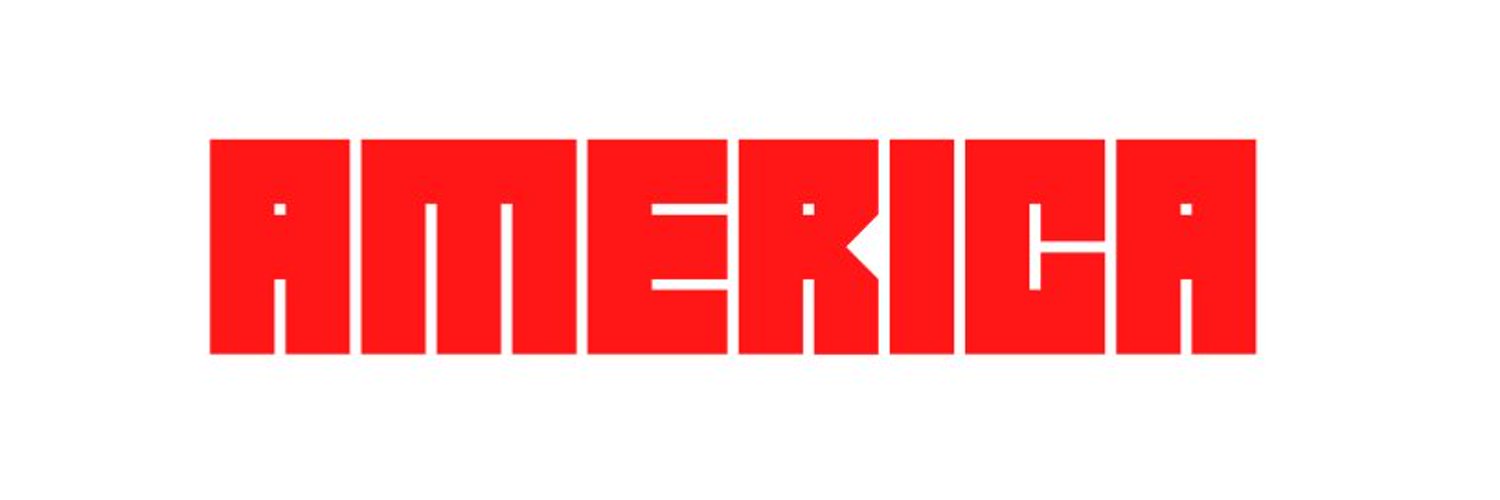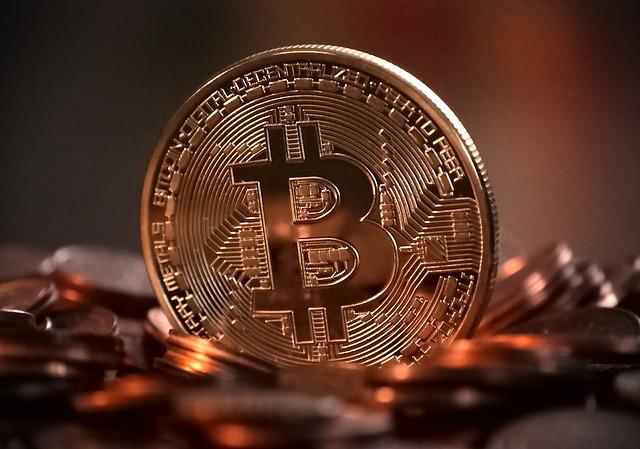In July, inflation remained strong but moderated from historically high levels, giving rise to optimism that a persistent rise in prices may have reached its peak.
The Labor Department's Consumer Price Index shows that consumer prices rose 8.5% from a year earlier, down from a 9.1% annual gain in June that represented a 40-year high. While gas prices decreased, expenses for food and rent kept rising.
Bloomberg questioned economists who predicted that annual inflation would drop to 8.7%.
Core prices, which don't include volatile food and energy costs and typically offer a better indication of future developments, rose 0.3% in July after rising 0.7% in June. As a result, the annual rise remained at 5.9% after three consecutive months of fall.
In contrast to a 1.3% increase in June, consumer prices remained stable every month.
Core prices, which don't include volatile food and energy costs and typically offer a better indication of future developments, rose 0.3% in July after rising 0.7% in June. As a result, the annual rise remained at 5.9% after three consecutive months of fall.
Stocks rose sharply. Mid-morning trading saw a 521-point increase in the Dow Jones Industrial Average and a 1.75% increase in the S&P 500. Investors anticipate the Federal Reserve will raise its benchmark interest rate by a half percentage point next month rather than a third consecutive three-quarters point increase as a result of the better-than-expected report.
What is causing the decline in gas prices?
On concerns that a worldwide recession may stifle demand, gas prices, which helped drive the inflation jump, have finally started to decline. Pump prices are still up 44% yearly even if they are down 7.7% from the previous month. Tuesday's average price for regular unleaded dropped from $4.70 to $4.03. According to Goldman Sachs, further reductions are most likely on the way, citing futures markets.
However, grocery costs increased by 1.3% from June and have increased by 13.1% since last year. Costs for food are anticipated to decrease as a result of recent drops in the price of wheat, corn, and other commodities amid recession worries. But it could take some time before consumers see it in their shopping expenditures, according to Pooja Sriram, a Barclays economist.
She claims that in the meantime, farmers' costs for fertilizer have increased due to disruptions in fertilizer supplies caused by Russia's war in Ukraine.
Prices for breakfast cereal increased by 2% from the previous month and by 16.4% from a year earlier in July. Costs for chicken rose 1.4% and 17.6% annually. And compared to a year earlier, eggs increased by 4 and 38%.
There were some promising indicators. Ham costs decreased by 1%. In addition, prices for meat and veal were constant after declining 2.3% in June.
How much have dining establishment costs risen?
However, restaurant tabs continued to rise, increasing between 0.7% and 7.6% yearly, and the trend is starting to have an impact on people with better incomes. According to John Leer, chief economist of the research company Morning Consult, inflation earlier this year was mostly hurting Americans making less than $50,000.
Jim Gomes of Palm Desert, California, and his wife Jennifer have been going out to dine approximately six times a month since the spring as the pandemic's threat to public health has diminished. But according to him, the cost of a fine restaurant meal has increased dramatically, from approximately $120 to nearly $180.
The pair has thus made savings by splitting the entrée and forgoing dessert.
Gomes, a former financial executive who is 65 years old, thinks it gets a little out of hand if we order two dinners at $40 each.
Last month's price patterns varied in other areas. Rent increased 0.4% monthly and 6.3% annually as landlords attempted to counteract an increase in home sale prices. Medical care services saw annual increases of 5.1% and 0.4%. And the yearly increases in new car prices were 0.6% and 10.4%.
However, the cost of secondhand cars fell 0.4%, while the cost of clothing fell 0.1%. Even while airfares are still up 27.7% from a year ago, summer travelers had additional good news as airline tickets dropped for the second straight month, falling 7.8%. Additionally, hotel prices fell 2.7% after falling 2.8% the prior month.
Will the Fed boost rates by how much?
Before slowing down its aggressive rate-hike approach, Fed Chair Jerome Powell said the central bank wants to see "clear and convincing evidence" that inflation is down.
Paul Ashworth, an economist with Capital Economics, claims that the Fed is still seeking a major decrease in inflation." But it's only the beginning, and over the next several months, we expect to see larger signs of lessening pricing pressures," the author said.
Next month, according to Ashworth, the Fed will increase its benchmark rate by a half point. However, High-Frequency Economics expert Rubeela Farooqi forecasts a three-quarters point rise. She points out that the Fed will need to compare the most recent inflation figures with data from last week, which revealed that the economy generated a record-breaking 528,000 jobs as annual pay growth edged up to 5.2%, further escalating pricing pressures.
There are indications that inflation will decrease much further. According to a study released this week by the Federal Reserve Bank of New York, consumer expectations of inflation over the longer term, which influence actual price rises, dramatically decreased in July.
Along with the decline in commodity prices, the pandemic's impact on the supply chain is lessening, and merchants' bloated stocks are motivating them to provide discounts to customers.
Inflation as a whole will conclude the year at 5.8%, down from Barclays' earlier prediction of 6.1%. By December, the company forecasts that core price hikes would drop to 5.3%. The Fed's 2% objective would still be much exceeded by both.







